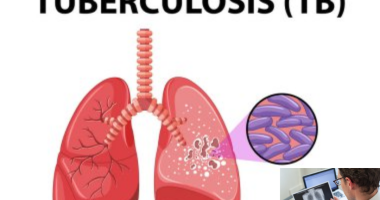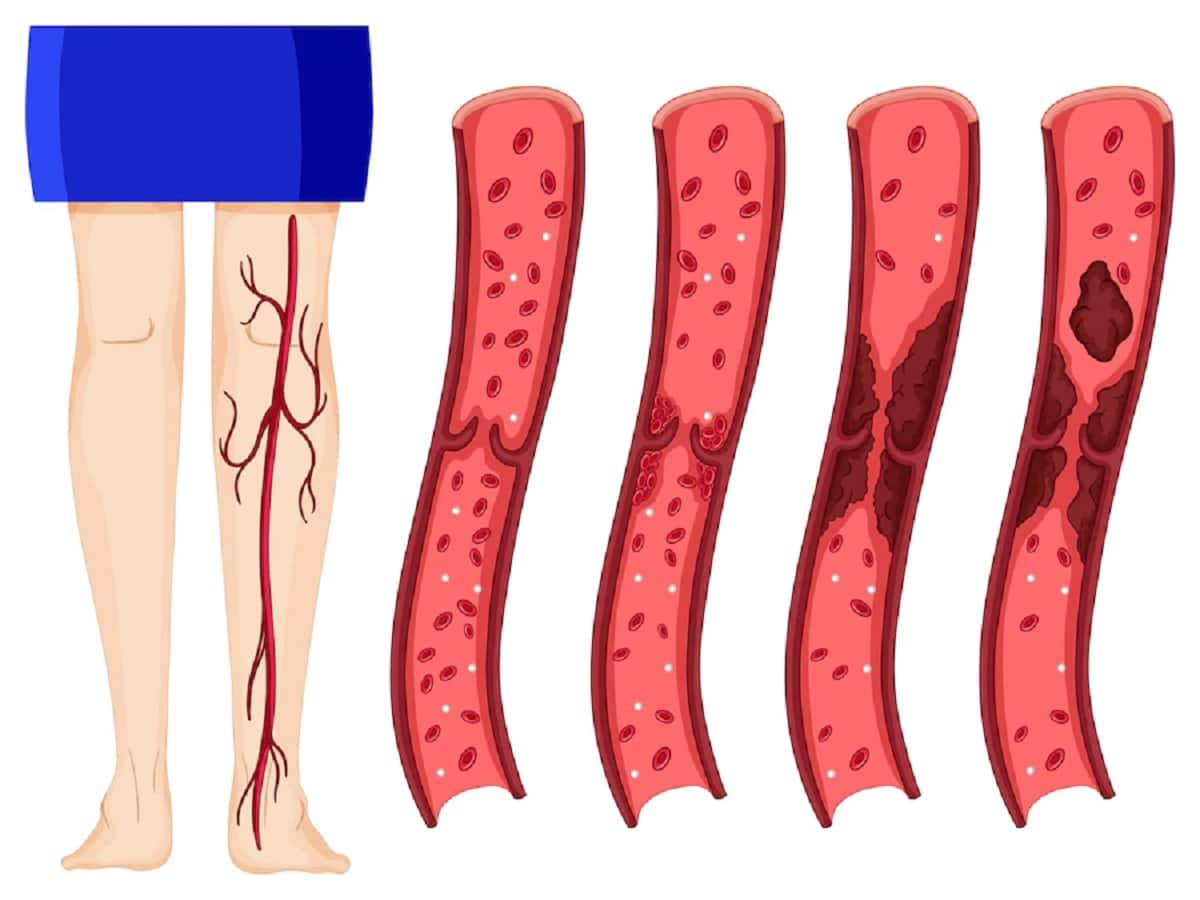Let’s break down “How do you know you have fungal acne?” Fungal Acne, scientifically known as Malassezia Folliculitis, is a skin condition triggered by an overgrowth of yeast on the skin’s surface. Unlike traditional acne, which is caused by bacteria, Fungal Acne stems from an imbalance of Malassezia, a type of yeast naturally found on the skin. When this yeast proliferates, it can lead to inflammation of hair follicles, resulting in characteristic acne-like bumps.
Fungal Acne thrives in warm, humid environments, making it more prevalent in regions with such climates. Several factors contribute to its development, including:
- Prolonged moisture on the skin provides an ideal breeding ground for Malassezia yeast.
- Certain skincare products containing oils or fatty acids can exacerbate Fungal Acne by providing nutrients for yeast growth.
- Individuals with compromised immune systems are more susceptible to Fungal Acne.
- Hormonal fluctuations, such as those occurring during puberty or pregnancy, can increase the likelihood of developing Fungal Acne.
Difference between Fungal Acne and Traditional Acne
How do you know you have fungal acne? It can be mistaken for traditional acne, but there are key differences in its appearance and symptoms. Fungal acne is caused by a fungus, while traditional acne is caused by a combination of oil, bacteria, and dead skin cells. Fungal acne presents as clusters of small, itchy, red bumps that look like a rash, often with a red border around the pimples. It can also appear on the upper back, chest, and shoulders, and the pimples may be more common on the forehead, cheeks, and chin. In contrast, traditional acne can result in various types of sores, such as blackheads, whiteheads, pustules, nodules, or cysts, and is not typically itchy. Additionally, fungal acne is more likely to occur in adolescents and young adult males, individuals with oily skin, and those living in hot, humid areas. The treatment for fungal acne involves antifungal medications, both topical and oral, and making hygiene changes to prevent recurrence. It’s important to distinguish between the two types of acne for appropriate management.
The Impact of Fungal Acne: Symptoms and Triggers
Symptoms of fungal acne may include:
- Small bumps: These may appear as clusters of tiny, itchy, red or flesh-colored bumps on the skin, particularly on the face, chest, back, and shoulders.
- Uniformity: Fungal acne lesions often appear in a uniform pattern, as opposed to traditional acne which may vary in size and shape.
- Itching: Affected areas may feel itchy or irritated, prompting scratching which can worsen the condition.
- Persistence: Fungal acne lesions can be stubborn and may not respond well to traditional acne treatments, such as benzoyl peroxide or salicylic acid.
Triggers for fungal acne include:
- Humid environments: Warm and humid conditions create an ideal environment for Malassezia yeast to thrive, leading to an increased risk of fungal acne flare-ups.
- Excessive sweating: Sweat can exacerbate fungal acne by providing moisture for yeast growth and clogging pores, especially if left on the skin for prolonged periods.
- Tight clothing: Wearing tight clothing, particularly materials that don’t breathe well like synthetic fabrics, can trap heat and moisture against the skin, promoting fungal growth.
- Certain skincare products: Some skincare products, particularly those containing oils or ingredients that feed yeast, can exacerbate fungal acne. These may include coconut oil, certain fatty acids, and heavy moisturizers.
- Poor hygiene: Inadequate cleansing or use of harsh cleansers can disrupt the skin’s natural microbiome and contribute to fungal overgrowth.
- Underlying health conditions: Certain medical conditions, such as diabetes or a weakened immune system, can increase susceptibility to fungal infections, including fungal acne.
Who is Prone to Fungal Acne? (Risk Factors)?
- Adolescents and young adults
- People who live in hot or humid areas
- People with oily skin
- People who sweat a lot
- Individuals with diabetes
- People who have recently taken antibiotics or steroids
- People with weak immune system
- People who have other fungal infections
Fungal Acne Diagnosis and Treatment Strategies
Seeking Professional Diagnosis: When is it Necessary? It is essential to seek a professional diagnosis from a doctor or dermatologist if you suspect you have fungal acne. This is particularly important because fungal acne requires a different treatment approach than traditional acne. A doctor may conduct a fungal test, which can involve skin scraping and microscopic examination to identify the presence of Malassezia yeast.
Over-the-Counter Remedies: Shampoos, Creams, and Other Options: For mild cases, over-the-counter antifungal creams or shampoos, such as ketoconazole or Nizoral, can be used to control fungal acne. These products can help reduce the overgrowth of yeast on the skin. However, if over-the-counter products do not improve the condition, it is important to consult a doctor for a more potent topical medication.
Prescription Medications: Antifungal Solutions for Stubborn Cases: In cases of persistent or severe fungal acne, a doctor may prescribe prescription-strength antifungal medications, such as ketoconazole 2% cream, to be applied twice a day for 2 to 3 weeks to help reduce the overgrowth of yeast on the skin.
Natural Approaches: Exploring Complementary Techniques: Some natural approaches to managing fungal acne include using bentonite clay masks, chemical exfoliants (lactic/salicylic acid), dandruff body wash, and natural antifungals (oil of oregano, clove, walnut). However, it’s important to consult a doctor before trying natural remedies, as they may not be suitable for everyone, and an accurate diagnosis is essential for effective treatment.
Proactive Prevention and Management
Lifestyle Modifications
- Diet: Adopting a balanced diet of fruits, vegetables, and lean proteins, and reducing the intake of foods that promote yeast growth, such as refined sugar and white flour, can help manage fungal acne.
- Skincare Routine: A targeted skincare routine that includes gentle antifungal cleansers, salicylic acid exfoliants, soothing and antifungal toners, lightweight, oil-free moisturizers, and antifungal treatments can help manage fungal acne.
- Hygiene: Practicing good hygiene habits, such as avoiding occlusive or heavy makeup products, washing pillowcases and towels regularly, and disinfecting shared items like makeup brushes or razors, can help prevent the spread of fungi and bacteria and manage fungal acne.
Maintaining a Balanced Skin Microbiome
- Topical Antifungal Medications: Topical antifungal medications, such as ketoconazole or ciclopirox, can effectively kill the yeast and reduce inflammation.
- Oral Antifungal Medication: In cases of persistent or severe fungal acne, oral antifungal medication may be prescribed to address the infection from within.
- Probiotics: Taking oral probiotics can improve gut health and the appearance of the skin.
Identifying and Avoiding Triggers
- Hot and Humid Environments: Avoiding hot and humid environments can help prevent the growth of fungi that cause fungal acne.
- Oily Skin: Managing oily skin through regular cleansing and avoiding occlusive or heavy makeup products can help prevent fungal acne.
- Sweating: Avoiding excessive sweating and trapped moisture, such as wearing sweaty workout clothes for extended periods, can help prevent fungal acne.
- Antibiotics and Steroids: Avoiding the use of antibiotics and steroids, or using them only when necessary, can help prevent the disruption of the natural balance of microorganisms on the skin that can lead to fungal acne.
Building Long-Term Strategies for Clear Skin
- Consulting a Dermatologist: Consulting a dermatologist for personalized advice and treatment options can help manage fungal acne effectively.
- Being Patient: Treating fungal acne can take time, so it’s important to be patient and consistent with the treatment approach.
- Preventive Measures: Incorporating preventive measures, such as wearing breathable fabrics, practicing good hygiene, and managing stress levels, can help prevent the growth of fungi that cause fungal acne.
FAQs (Frequently Asked Questions):
Q: Can Fungal Acne affect any part of the body?
Fungal Acne commonly affects areas rich in hair follicles, such as the face, chest, and back. However, it can potentially occur on any part of the body where Malassezia yeast proliferates.
Q: Is Fungal Acne contagious?
No, Fungal Acne is not contagious. It results from an overgrowth of naturally occurring yeast on the skin and is not transmitted through contact with affected individuals.
Q: Can dietary changes help manage Fungal Acne?
While dietary factors may influence skin health, there’s limited scientific evidence linking specific foods to Fungal Acne. However, maintaining a balanced diet rich in fruits, vegetables, and whole grains can support overall skin health.
Q: How long does it take to see improvement with Fungal Acne treatment?
The timeline for improvement varies depending on the severity of the condition and the chosen treatment approach. Some individuals may experience relief within a few weeks, while others may require more extended treatment durations.
Q: Can sun exposure help improve Fungal Acne?
Sun exposure may temporarily improve Fungal Acne symptoms due to its drying effect on the skin. However, prolonged sun exposure can exacerbate skin inflammation and should be balanced with sun protection measures.
Q: Is Fungal Acne recurrence common?
Fungal Acne recurrence is possible, especially if predisposing factors are not addressed. Maintaining good skincare practices and following treatment recommendations can help minimize the risk of recurrence.
ALSO READ: Want to treat yeast infection? Try these herbal remedies for candida









